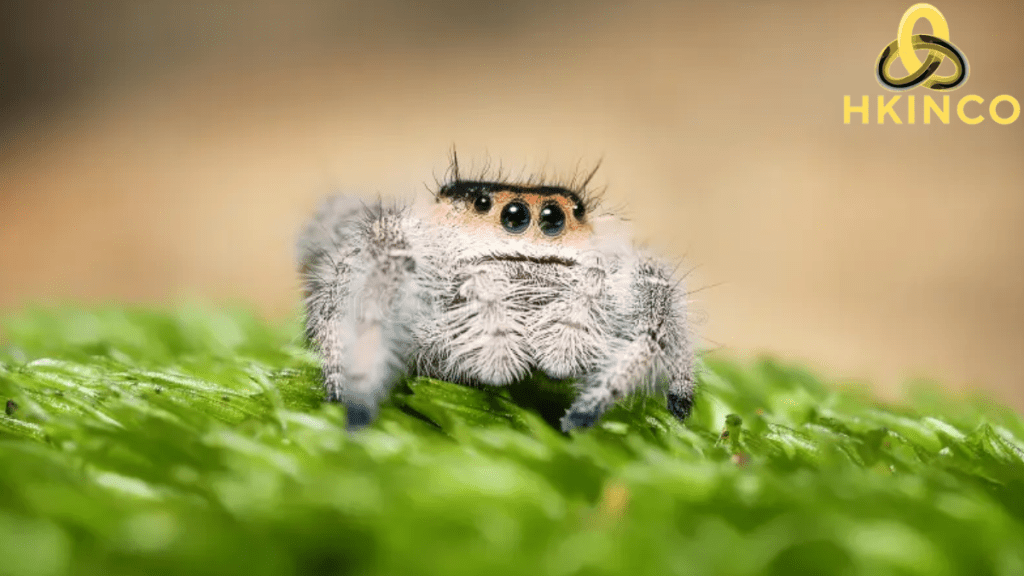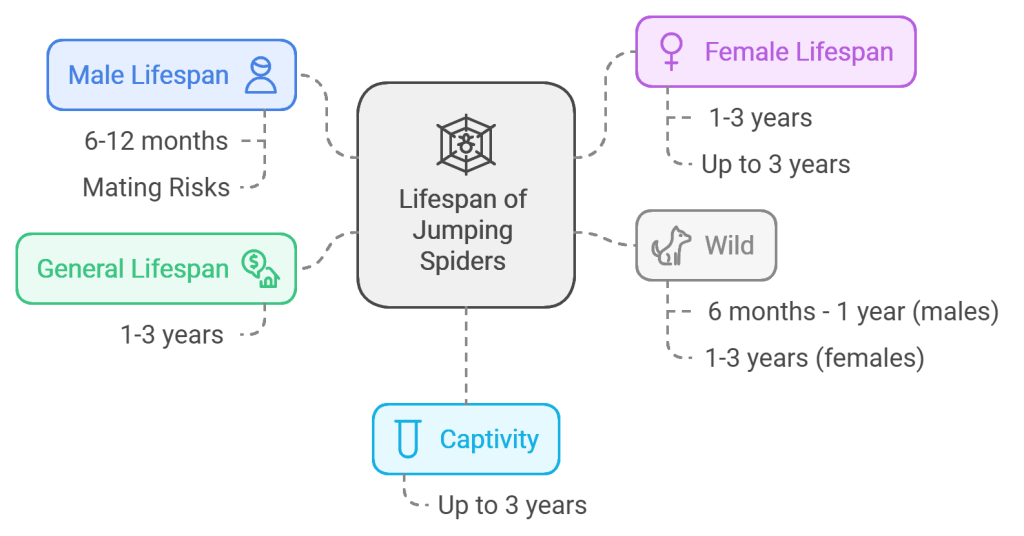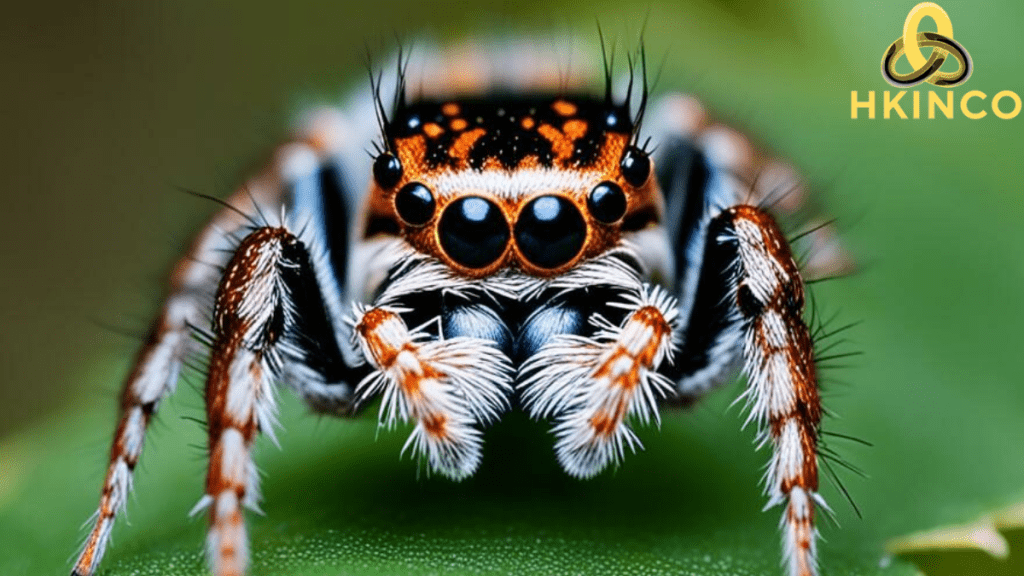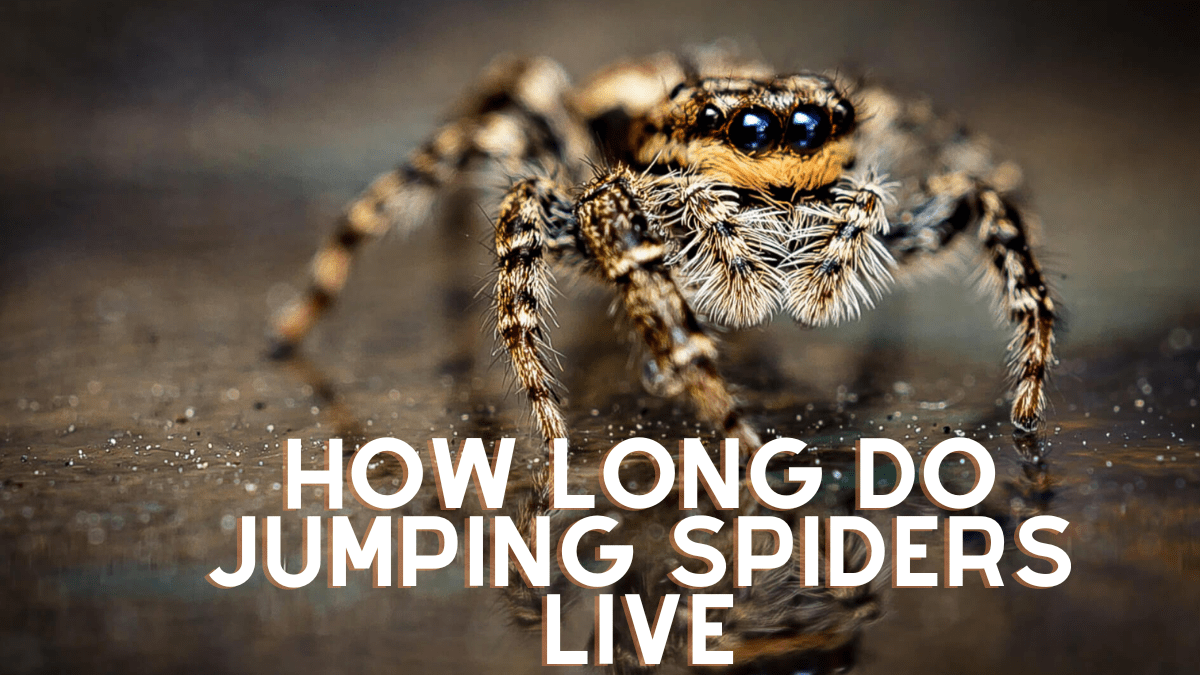Table of Contents
Ever wondered, “How long do jumping spiders live?” These tiny, agile hunters have a more fascinating life than many people realize. Known for their incredible leaps and curious behaviors, jumping spiders lead adventurous lives of all of hunting and exploring. In this guide, we’ll dive into how long do jumping spiders live and explore some astonishing facts about their lives, habits, and environment.
Jumping Spider Lifespan: What is the average lifespan of a jumping spider?

The typical response to the question “how long do jumping spiders live?” ranges between six months and two years, depending on the species, environment, and food. While some jumping spiders live closer to the 6-month range, others can stretch their lives up to two years under ideal conditions.
Lifespan by Environment
Generally, jumping spiders in the wild are more vulnerable than those in captivity. Wild spiders must navigate predators, find food, and endure changing weather, which can limit their lifespan to around 6-12 months. How Long Do Jumping Spiders Live? However, captive jumping spiders often live longer, thanks to a controlled environment with steady food and fewer dangers, allowing them sometimes to reach two years or even longer.
Lifespan by Species
Not all jumping spiders have the same lifespan. Species variation plays a role in how long each type lives. For example, Phidippus audax, a common jumping spider in North America, typically lives up to a year. However, some tropical species may live longer due to stable temperatures and fewer seasonal changes.
Read more: How Long Do Tortoises Live? Astonishing Facts Revealed!
Life Stages of Jumping Spiders

To understand “how long do jumping spiders live,” it helps to know their life stages, which include egg, spiderling, subadult, and adult. Each stage has a unique purpose, and the transition between stages often depends on food and environmental conditions.
Egg Stage
Jumping spiders begin their journey in the egg stage. Female spiders lay eggs in silk nests for protection, usually hidden in leaves or crevices. The egg stage lasts around 2-3 weeks before spiderlings hatch and become tiny hunters.
Spider ling Stage
After hatching, spiderlings spend time learning basic survival skills. This spiderling stage lasts a few months and is crucial to their development. Spiderlings grow and shed their exoskeleton multiple times in a process called moulting. Each moult brings them closer to adulthood, significantly affecting how long jumping spiders live.
Subadult Stage
Once spiderlings complete several moults, they enter the subadult stage. They’re more robust and agile, preparing to mature fully. The subadult stage can last a few weeks to months, depending on the food and temperature available.
Adult Stage
In the final adult stage, jumping spiders reach full size and are ready to hunt, explore, and mate. Most adult jumping spiders live around 3-6 months, depending on their environment. The adult stage is the peak of their lives, where they showcase their famous leaps, vibrant colours, and curious nature.
Check out this article: Can You Be Otokonoko and Nonbinary? A Comprehensive Guide
Fascinating Facts About Jumping Spiders’ Lifespan and Behavior
Knowing how long do jumping spiders live gives us a glimpse into their lives. Here are some exciting facts that make jumping spiders even more unique!
Incredible Eyesight and Hunting Skills
Jumping spiders are known for their excellent eyesight. With eight eyes arranged for 360-degree vision, these spiders can spot prey from a distance. Their vital eyesight also helps them hunt and leap, making them some of the most skilled predators in the spider world.
No Webs for Hunting
Unlike other spiders, jumping spiders don’t rely on webs to catch prey. Instead, they use their strong legs and stealth to jump several times their body length, precisely ambushing prey. This active hunting style reflects their bold nature and makes their short lifespan action-packed!
Unique Mating Dances
Male jumping spiders perform complex dances and displays during mating season to attract females. These dances involve leg waves, vibrations, and even colour changes, showing how much energy these spiders put into finding a mate. The mating process also contributes to how long jumping spiders live, as mating is a significant milestone.
Surviving Winter
For spiders in colder climates, hibernation is necessary to survive winter. Some species go dormant during cold months, which can extend their lifespan by conserving energy until the warmer months return. In areas with mild winters, jumping spiders remain active year-round, living shorter but more active lives.
See this one foe more info: Discover How Long Do Jumping Spiders Live Astonishing Facts!
Factors Influencing the Lifespan of Jumping Spiders

Several elements influence how long do jumping spiders live. Understanding these factors can help you see why some jumping spiders thrive while others live shorter lives.
Diet
Jumping spiders rely on a diet of small insects and other spiders. In captivity, they benefit from a steady diet, often living longer because they don’t have to hunt. In the wild, however, food shortages can impact their lifespan.
Predators
Jumping spiders are tiny, making them easy targets for birds, frogs, and other spiders. Predation is a significant factor in the wild, often leading to shorter lifespans.
Environment
Temperature, humidity, and other environmental conditions affect how long jumping spiders live. Favourable weather conditions lead to longer lifespans, while extreme temperatures can shorten their lives.
So, how long do jumping spiders live? On average, they can live anywhere from 6 months to 2 years, depending on species, habitat, and other factors. From their early days as spider lings to their final leaps as adults, these tiny hunters lead fascinating lives full of adventure. How Long Do Jumping Spiders Live? Whether you’re a spider enthusiast or simply curious, learning about their lifespan reveals how incredible these tiny creatures are!
How Long Do Jumping Spiders Live? Jumping spiders may be tiny, but their lives are packed with action and purpose. Each stage of their life cycle has unique challenges, and their impressive hunting skills and behaviors make them some of nature’s most intriguing hunters.

